-

Inlays, Onlays & Fillings
Restore damaged or decayed back teeth
5-star rated practice
Highly experienced team
Natural-looking results
Restore damaged or decayed back teeth
5-star rated practice
Highly experienced team
Natural-looking results
Our Harley Street dentists provide natural-looking fillings and also offer inlays and onlays to restore teeth towards the back of the mouth that have shown signs of damage or decay.
You will benefit from over 30 years extensive cosmetic dentistry experience from our owner and principal dentist, Dr Mehran Sanei (GDC No: 67683). Dr Sanei has given numerous national and international lectures on the topics of Cosmetics and Implantology and has been an active member of the American Dental Society of London since 1999.
Our highly experienced dental team are all registered with the General Dental Council (GDC) and our highly rated clinic is also monitored and regulated by the Care Quality Commission (CQC) so you can rest assured you are in safe hands.
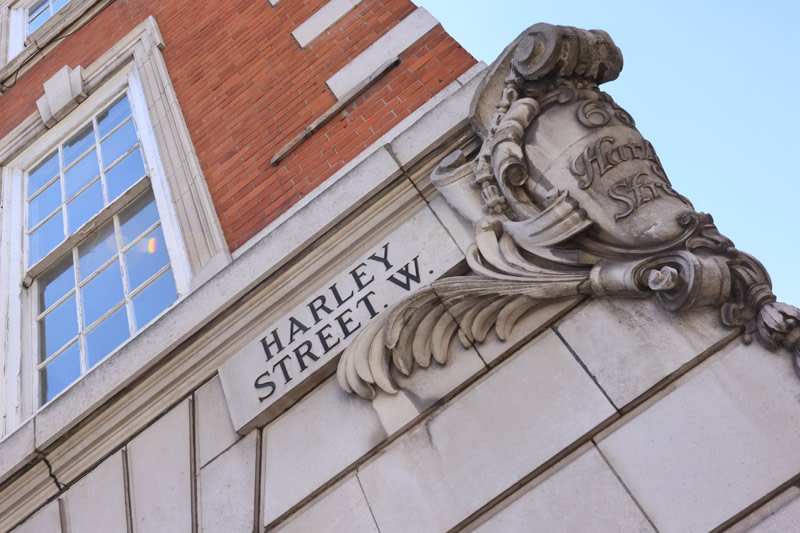
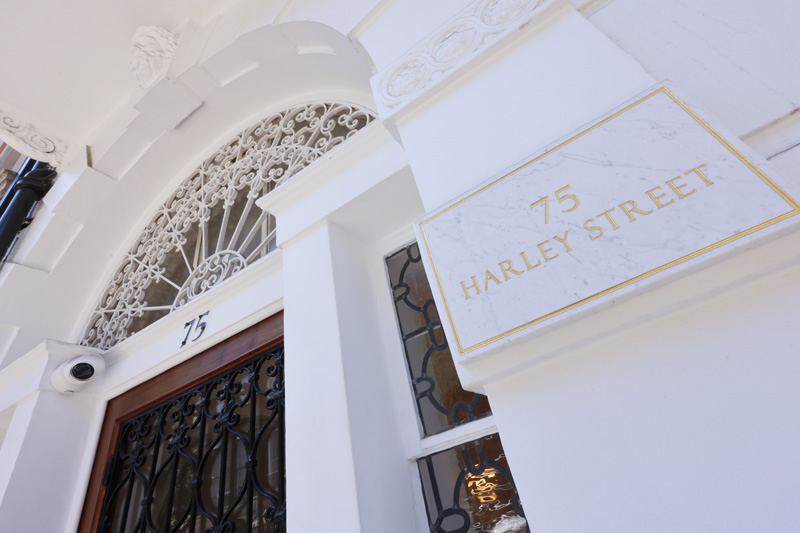
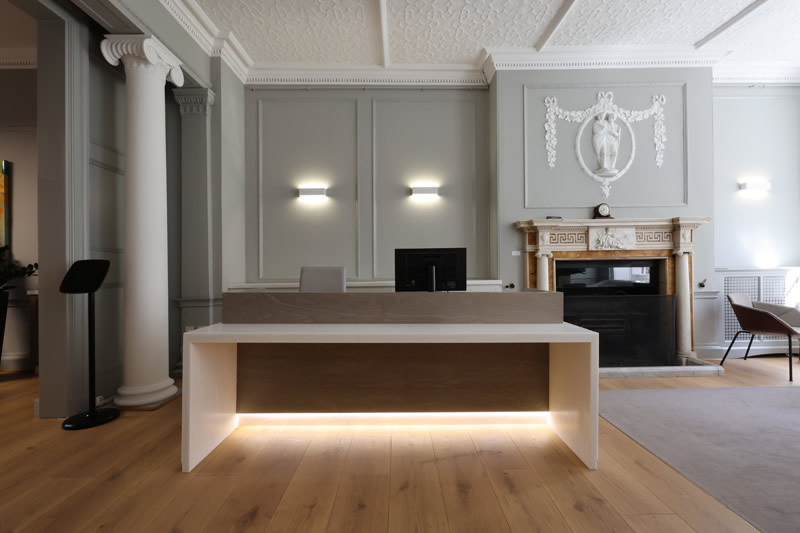
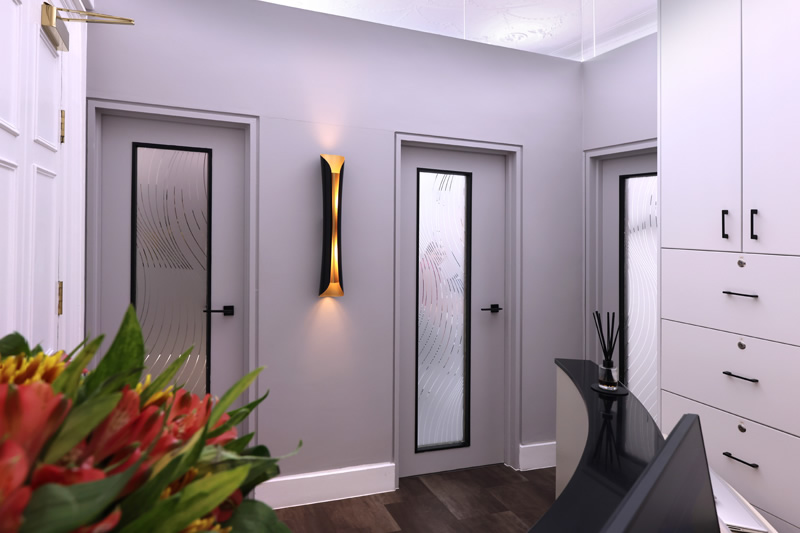

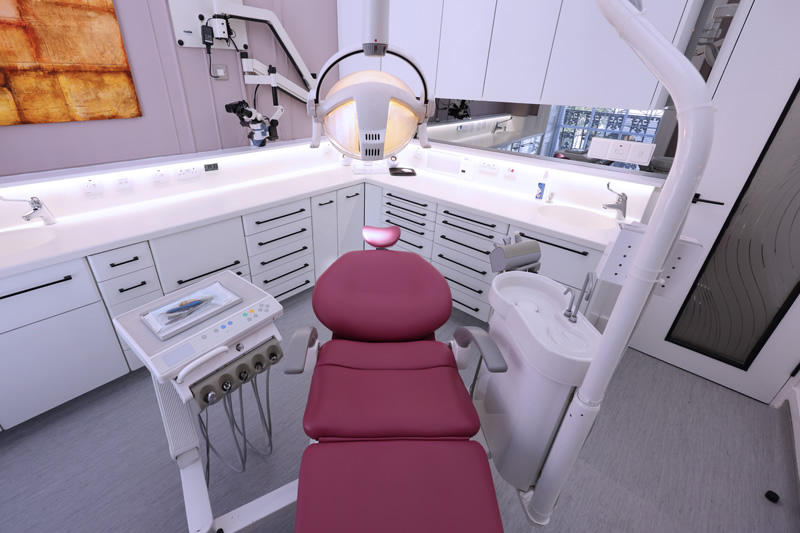
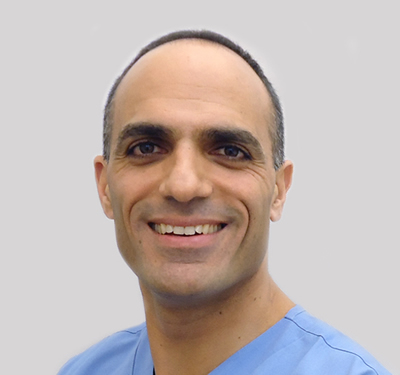
Our principal dentist and specialist prosthodontist, Dr Mehran Sanei (GDC No. 67683), is recognised by the American Dental Association as a Specialist in Prosthodontics.
With over 30 years of extensive dentistry experience, he has also given national and international lectures on Cosmetics and Implantology. He has been an active member of the American Dental Society of London since 1999.
To book your consultation, please call us today on 020 7935 3914.
Dental inlays and onlays help to restore damaged or decayed teeth at the back of the mouth to provide strength and stability for normal chewing.
Made from tooth-coloured porcelain, composite or gold an inlay serves to fill a large hole in the tooth.
An impression of the tooth is taken once the decay and damaged tooth has been cleared. This records the shape of the tooth being repaired and the teeth around it. A temporary inlay will be placed to protect the tooth while the laboratory makes the inlay. On the next visit the inlay will be bonded to the tooth and slight adjustments will be made to the bite if necessary.
An onlay is positioned on the tooth and builds up its shape. The process of making an onlay is the same as the inlay.
Nowadays fillings are not only functional, but can be natural looking as well. The material for white fillings can vary, and are mainly made of glass particles, porcelain and a synthetic resin and a setting ingredient.
White fillings are not suitable on the back teeth, they do not last as long as inlays & onlays and can discolour. The life expectancy of a white filling can depend greatly on where it is in the mouth and how heavy the teeth come together when you bite.
Inlays and onlays are strong and last longer than fillings. They are most suitable for large restorations of the back teeth.
Fillings, inlays and onlays are all effective treatments for addressing initial stages of tooth decay. While a white filling is created from a pliable composite resin to fill a cavity, both inlays and onlays involve customised restorations that are attached onto the existing tooth. Specifically, an inlay is positioned within the borders of the tooth, while an onlay rests over its surface.
Because inlays and onlays are designed to treat the earlier stages of tooth decay, there is typically less preparation treatment required than for a crown.
Similar to crowns, inlays and onlays also require a dental impression from the patient. This impression is then sent to a dental technician who crafts a custom-made 'tooth'. In the meantime, patients will be given a temporary filling until their next dental visit. Once the inlay or onlay is complete, it will be permanently bonded by your dentist.
No, just like with fillings, you can expect to receive a local anaesthetic and a pain-free procedure.
In comparison to fillings, inlays and onlays are known for their longevity, with some lasting up to 10 years or even longer.